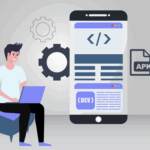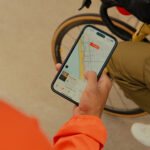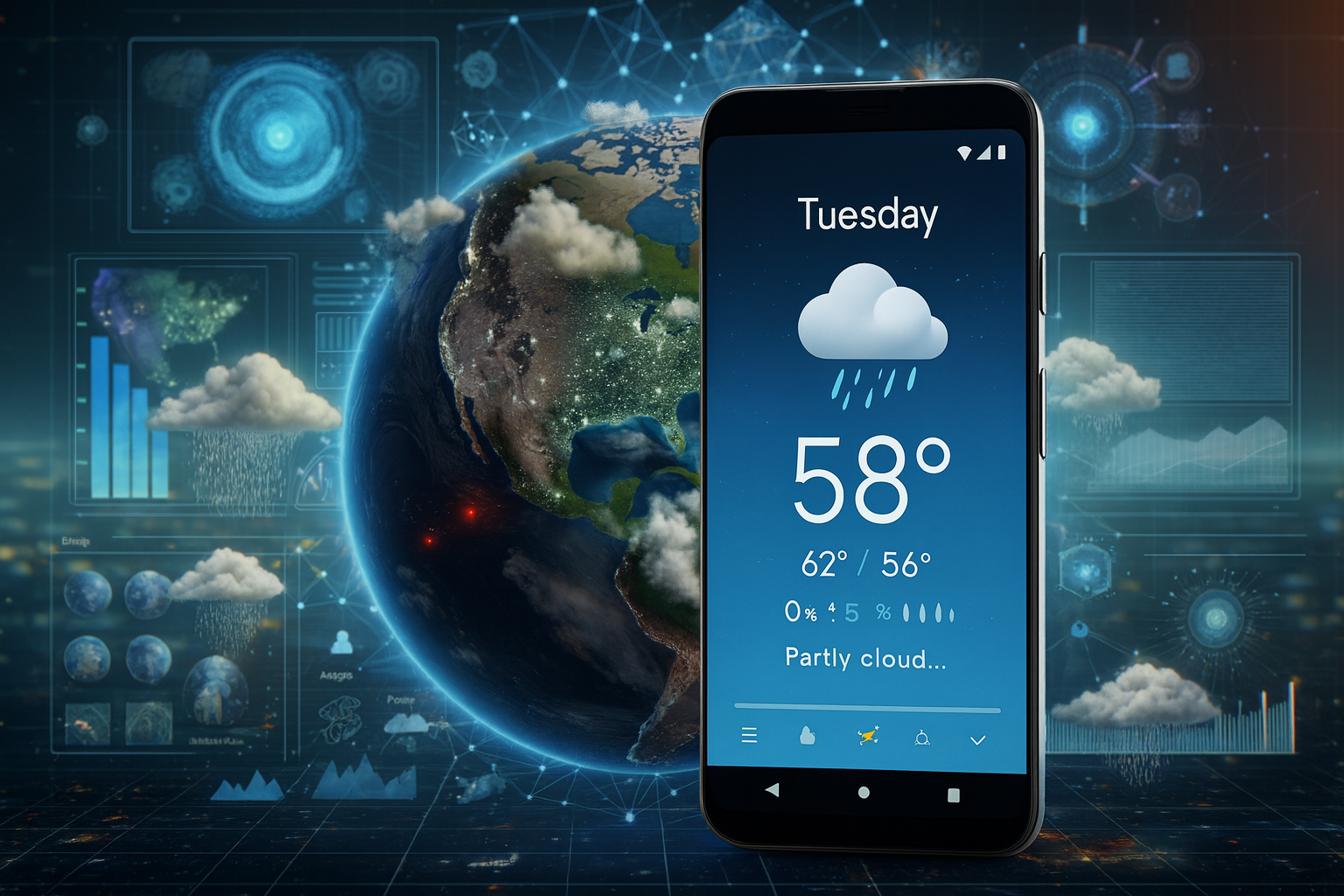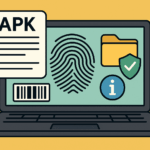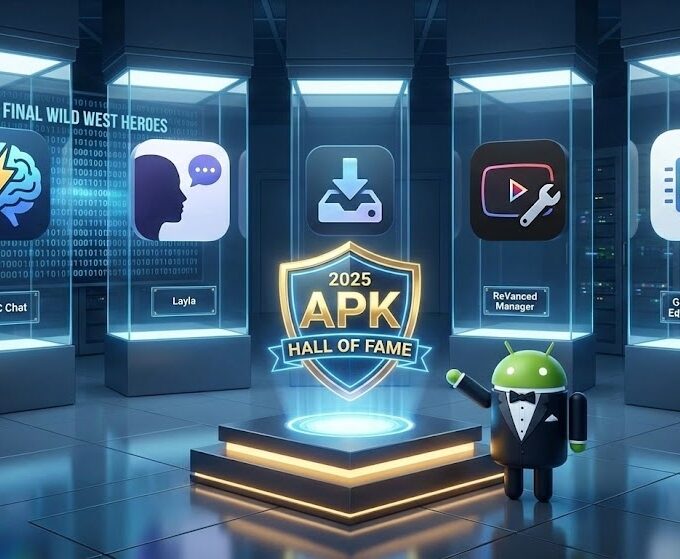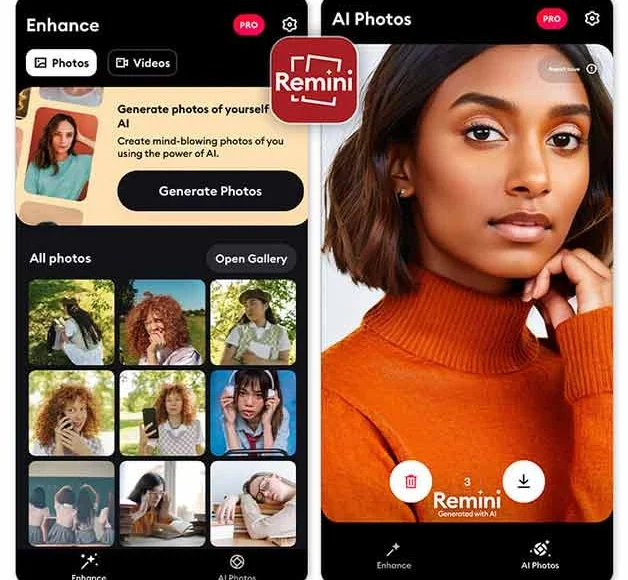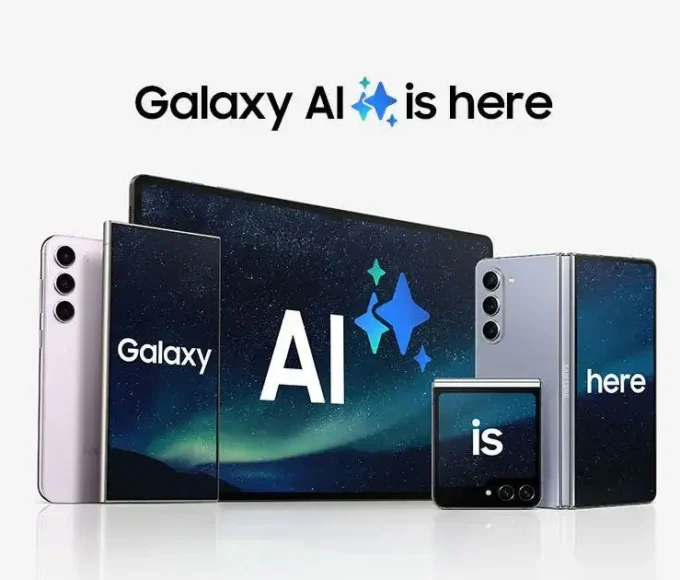Checking the weather used to be simple: “Sunny. 75 °F. Go outside.” Now, thanks to mobile apps and a dose of machine learning magic, your weather app knows you. It suggests when you’ll want the umbrella, reminds you to bring a coat, and even learns your smoothie schedule so it knows when you’d probably rather skip the wind chill. Let’s explore how Android weather apps are getting smarter, what AI features they’re embedding, and which ones your phone should already have.
What Makes a Weather App “AI-Powered”?
At its core, today’s smarter weather apps go beyond simple forecast strings. They combine:
- Hyper-local forecast data (down to your street or square kilometer)
- Sensor and user-behaviour data (past habits like when you check the forecast or what you do when it rains)
- Machine-learning models that detect patterns and send tailored alerts
For example, research published in 2025 described how an AI system dubbed Aardvark Weather used deep-learning models to generate forecasts much faster and at higher resolution than traditional methods.
That same kind of AI innovation is filtering down into mobile apps – not always visible, but powering behind-the-scenes predictions and personalized suggestions.
Android Apps Using AI Features You’ll Actually Notice
Here are weather apps currently on Android that incorporate smarter-than-usual features, with what they bring and what to expect.
AccuWeather
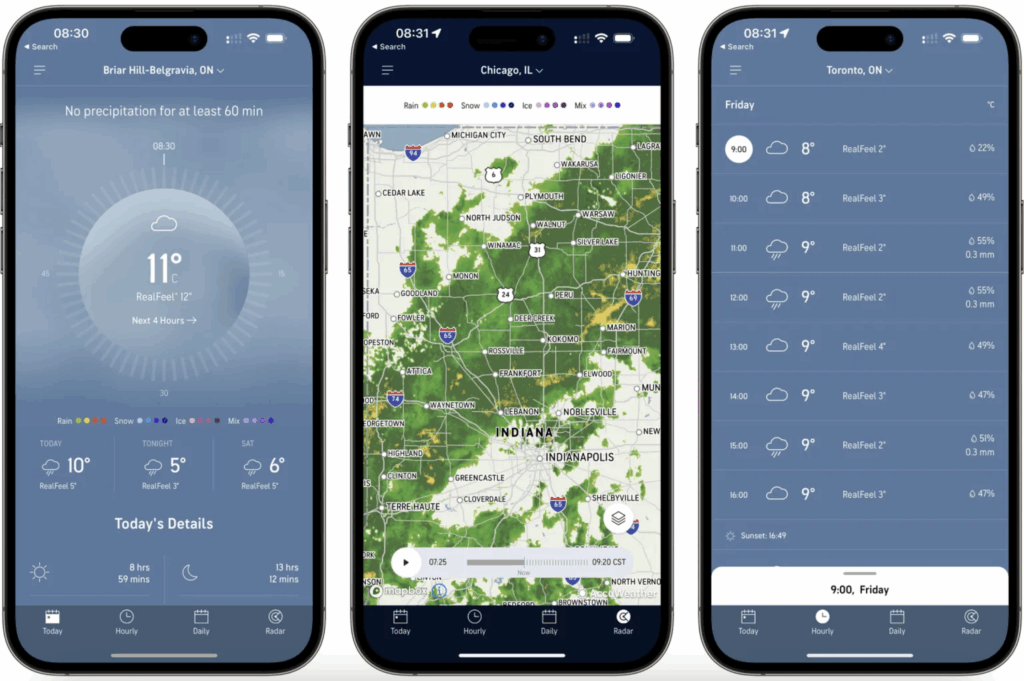
This long-established app uses its MinuteCast™ system for minute-by-minute precipitation forecasts. According to Android comparison sites in 2025, it’s praised for accuracy and advanced models.
AI angle: While it doesn’t advertise “machine-learning” as prominently, the hyper-local model and ‘RealFeel’ algorithm reflect advanced computation and adaptive predictions.
Tip: In settings, allow “minute-by-minute” alerts so the app pings you when the rain is about to start.
The Weather Channel

Ranked top in some independent evaluations for Android in 2025 for consistency and accuracy.
AI angle: It uses IBM’s backend systems and applies behaviour-based alerting (for example detecting sudden changes in air quality or UV index nearby).
Tip: Use the “Radar & Alerts” tab and customise your location preferences so it learns which places you care about.
CARROT Weather
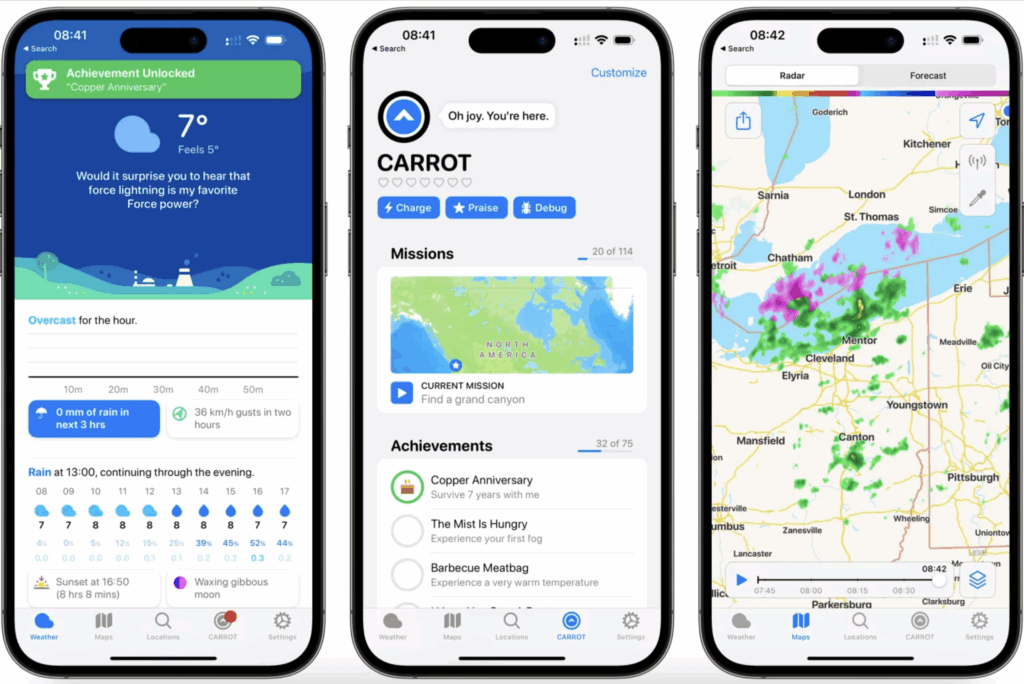
Though initially more iOS-centric, CARROT’s Android version stands out by combining personality with a forecast. A Lifewire article noted how its AI chatbot (some versions powered by large-language models) winks, jokes, and gives weather insights in a conversational way.
AI angle: The chatbot adds fun, but behind it are predictive models for precipitation, wind, and alerts.
Tip: If you like a less “technical” weather experience and more of a companion style, CARROT’s tone may appeal.
How “Learning Your Habits” Actually Works
When a weather app says “Based on your location and the past four rainy Tuesdays, you’ll likely need a jacket by 4 pm,” that’s habit-learning in action.
Here are common ways this works:
- Time-based patterns: App notices you open it at 6:30 a.m. when you check the forecast for your commute. It might trigger a notification earlier next time.
- Location and behaviour links: If you routinely run outside and the app knows you, it might send an alert when wind gusts hit your running route.
- Feedback loops: Some apps ask for confirmation (“Did we correctly warn you today?”) and adjust model weights based on your response (yes/no/no-thanks).
- Multi-sensor input: On Android phones, apps use motion sensors, weather data, and even calendar integrations to predict when you’re likely heading out and need heads-up.
These features turn a general forecast into something personal. Instead of “Rain at 3 pm” you get “Rain starting ~5 minutes after you reach your office door – don’t forget your umbrella.”
What to Check When You Choose One
When you’re picking a smart weather app that claims to “learn” your habits, pay attention to how flexible it really is. The best ones let you fine-tune alerts so you get notified when it actually matters – say, before your morning jog or evening commute – not every time a cloud drifts by.
It’s also worth checking how the app handles your data: a well-designed AI weather app should be able to adapt to your behavior without constantly tracking everything you do or draining your battery in the process.
Hyper-local modeling is another quiet hero; apps that analyze weather patterns right down to your neighborhood tend to feel far more accurate than global ones. And if you like to share forecasts with friends or compare conditions between cities, look for export or sharing tools that make this easy.
Finally, don’t assume all the smartest features are free – some apps tuck their AI-driven alerts or voice integrations behind subscription tiers, so make sure you’ll actually use them before signing up.
Straight-Talk: When the “Smart” Features Disappoint
Even the best apps won’t magically stop all surprise rain or gusty wind, because weather is inherently unpredictable.
- Data may be skewed if you travel frequently or change zones often (your “habit profile” doesn’t match yet).
- AI alerts might feel spam-my if the app triggers too often – you’ll want to adjust sensitivity.
- Offline or low-connectivity mode may disable the learning or local-AI features, so forecasts revert to general models.
- The AI may learn bad habits too (e.g., if you often ignore the app in certain conditions, it might stop alerting). So a check-in occasionally helps.
Final Takeaway
If you’re still using a weather app that just shows “73 °F – partly cloudy” and leaves it at that, you’re missing the next wave. Android weather apps in 2025 are not just forecasting – they’re forecasting you. They learn when you leave for work, when you work out, and when you’ll hop on a bike. Then they send alerts to help you act ahead, not react.
Pick one of the apps mentioned above, give it a few days to learn your routine, tweak the alert settings (don’t let push notifications go wild), and you’ll start seeing weather notifications that feel tailored – not one-size-fits-all. Because yes, in 2025, even your umbrella should have an app.



